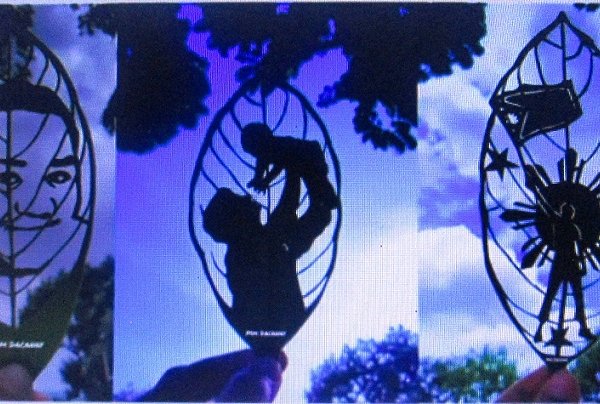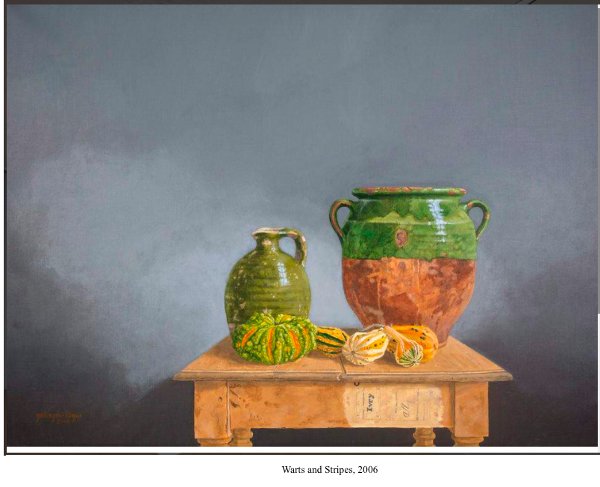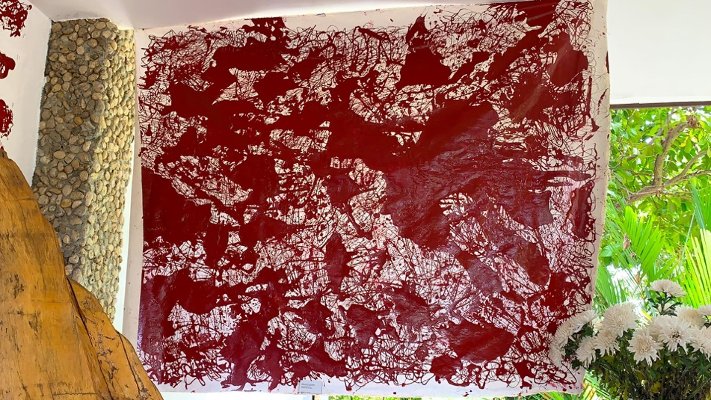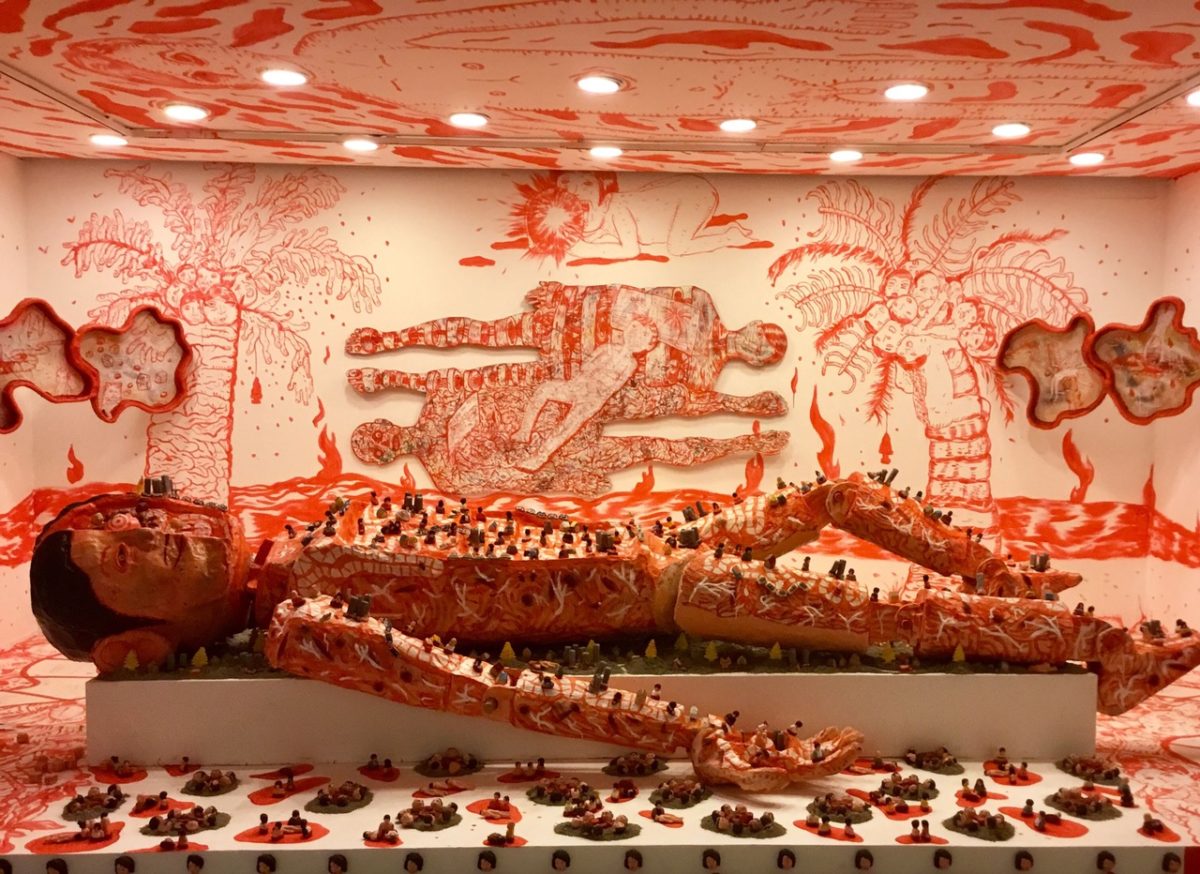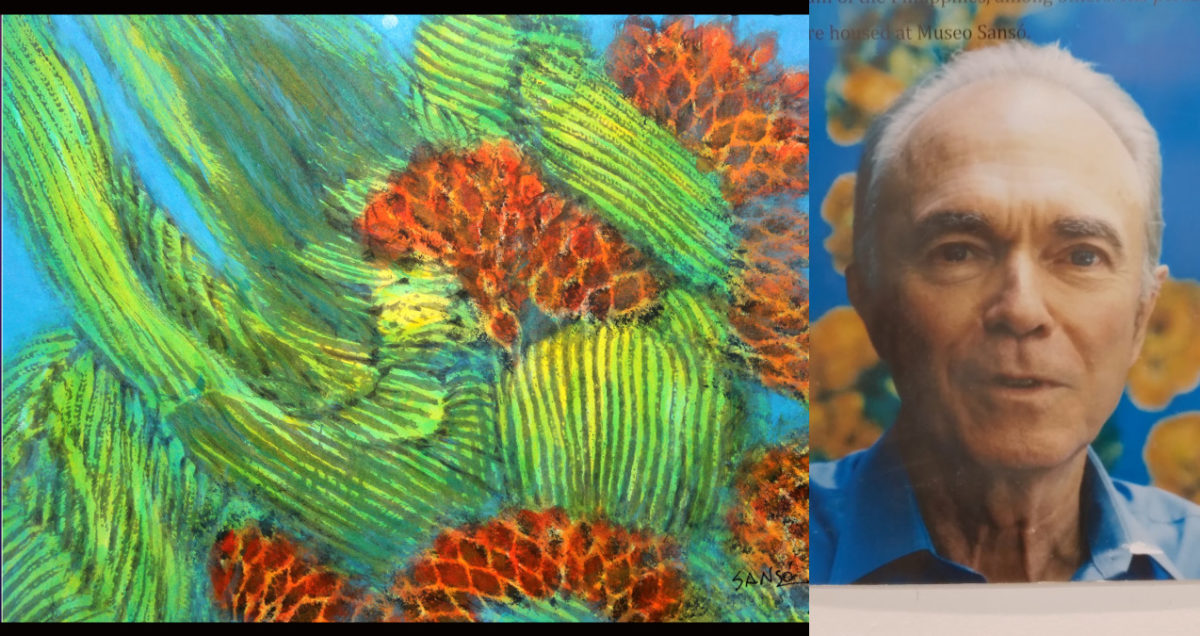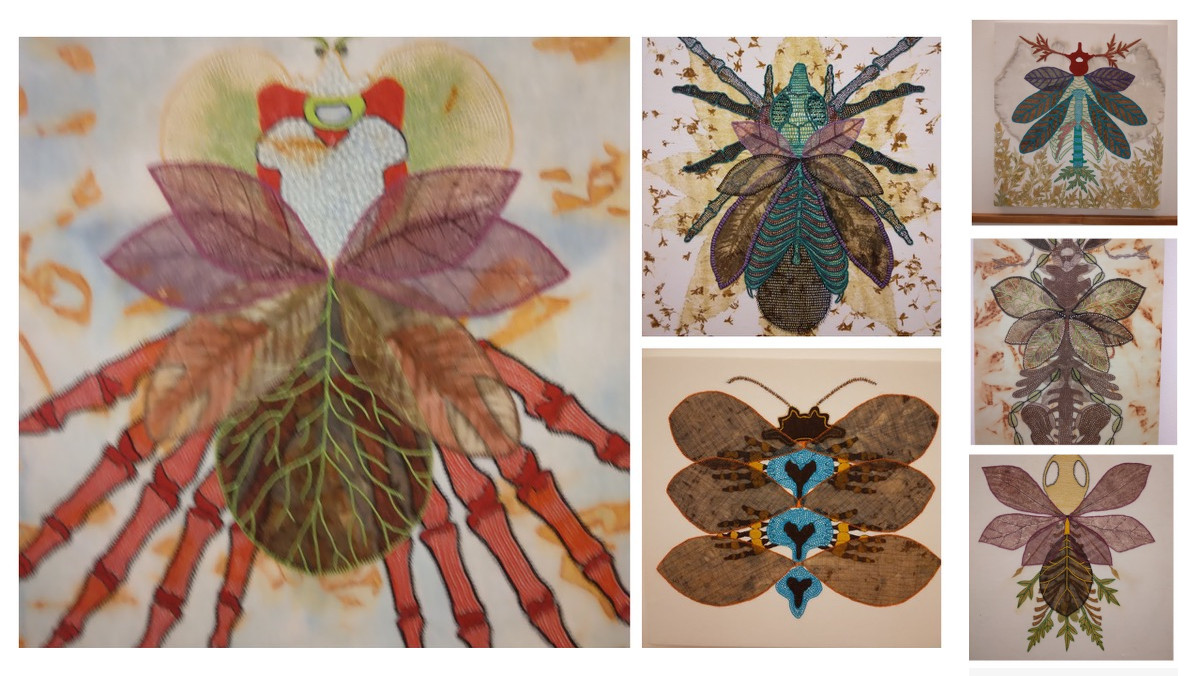The COVID-19 pandemic has brought about radical changes to the lives of people and led to the overwhelming loss of human life worldwide.
This was the observation of Prof. Mitzi Marie Aguilar Reyes, dean of the University of the Philippines College of Fine Arts and Design, in her webinar on “Handling the Crisis: Turning On Creativity During the Pandemic,” sponsored by the Museo ng Kaalamang Katutubo as part of its “COVID-19 Responsive Lectures” series.
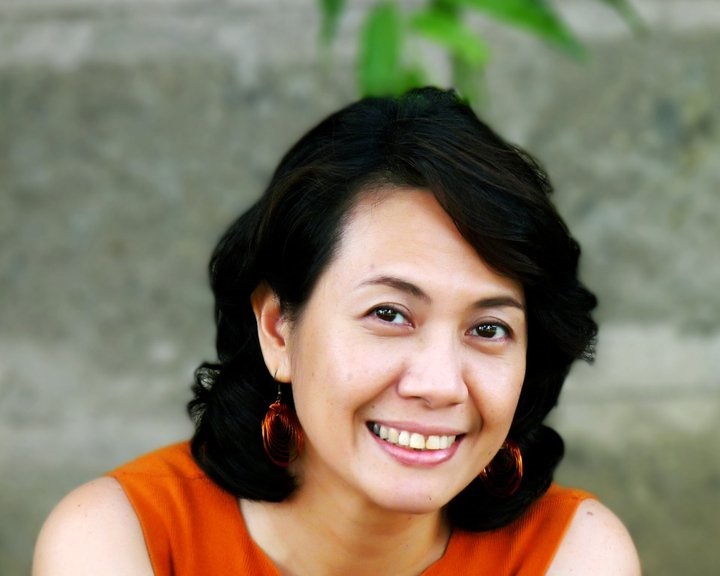
Prof. Mitzi Marie Aguilar Reyes, dean of the University of the Philippines College of Fine Arts and Design
Reyes said another of the pandemic’s effect is the lessening of social interaction. This has affected people’s physical and mental health manifested in such symptoms as isolation, grief and insomnia.
But there are ways to cope and to survive “to keep one’s sanity,” she said. The quarantine activities that have increased include knitting, sewing, drawing, planting, reading and writing, cooking—all forms of what she termed as “tactile learning” which makes a person learn better and keeps hands and minds busy.
Reyes invited the public to “do more than just washing your hands during the crisis. Busy hands and busy minds deepen the soul and fire up the spirit.” She cited research that showed “creating or nurturing things by hand enriches mental health and makes one happy.”
She said crochet and knitting have been associated with old women, but during the quarantine, many younger people have taken them up. The same went for embroidery or what she called the “turning to art to make sense of the chaos around us.” Even stress baking, she added, could be “gratifying, soothing and meditative.”
She mentioned the important role hands play across cultures. To the Egyptians, for example, the hands mean “fortitude and handicraft”; to the American Indians, “prayers to the master of life or Great Spirit and the use of the universal hand gestures and sign language unite the Indian nations through communication; and to the Buddhist, they symbolize protection. In the Philippines, the mano po gesture is a sign of respect for elders.
Reyes said, “Creative hands can be traced from having creative minds.” Examples are the cave art, decorations and artistic objects made from over 100,000 years ago. In the Philippines, the example was the Manunggul jar found in the Tabon cave.
“Busy hands are happy hands,” she continued. “Turn on the creative bulb.”
How does one do this? Reyes explained that creativity is linked to the brain. “The core of creativity is a foundation of knowledge, learning a discipline and mastering a way of thinking. Creativity involves experimenting, exploring, questioning assumptions, using imaginations and synthesizing information.”
On how working with the hands can bring people out of the despair of the pandemic, Reyes cited Mary Mae Dacanay, 23, who lost her job during the lockdown. She turned to the big leaves of the jackfruit trees and delicately carved silhouettes of personalities. It is known as “leaf art.”
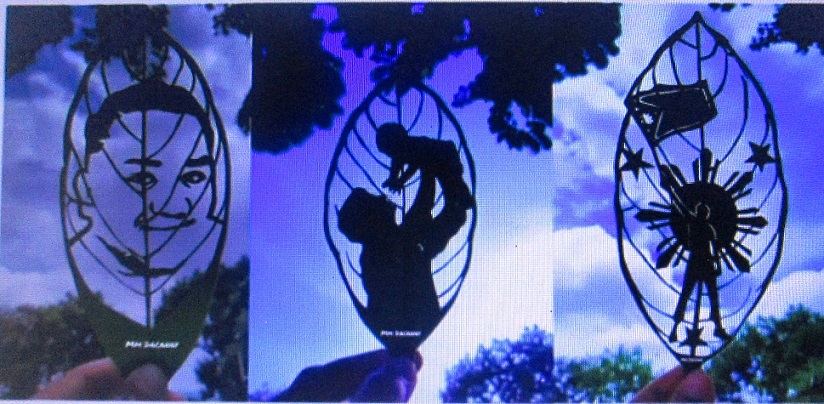
Leaf art carved by Mary Mae Dacanay
In another historical example, the UP dean drew out this fun fact: “During World War I, French peasant women cross-stitched military scenes that were sold as part of fund-raising efforts. When the war ended, shell-shocked soldiers were prescribed embroidery for therapy.”
She said these activities helped people cope and at the same time “gave them enough peace of mind to resume their careers or even open new ventures and made them realize their other skills. Working with your hands and thinking divergently maximizes your creativity to respond resourcefully as possible to COVID-19 and adapt to a new way of living.”
Despite the loss of jobs, Reyes recommended “an attitude of faith and hope. Be resilient. Look at other possibilities. Use your creativity as a way of facing the crisis.”
She advised that creativity not be limited only to the arts, music, literature dance and/or theater. It must be “applied to everyday life activities, solving world problems be it environmental or economic.”
It takes practice to be creative, she said. “Creativity cannot be put in a box,” adding that one cannot be creative for a prescribed one or two hours. “It depends on your energy and enthusiasm.” The practice of creativity also involves “growing, taking risks, breaking rules, making mistakes and having fun.”
Asked what would happen if one’s creativity was stifled, Reyes answered that this would create “a longing, a desire. And it becomes the person’s goal to achieve creative expression.” Otherwise, the person languishes in a state of un-fulfillment.
She said one shouldn’t put oneself down by saying, “Hindi ako artist. Hindi ko kaya (I am not an artist. I cannot do it).”
“If you are interested,” she continued, “just do it. No one else can tell you to be creative, except yourself. Go to galleries, read books, read up on crafts, learn from somebody who can help you. What’s important is you have that interest.”
